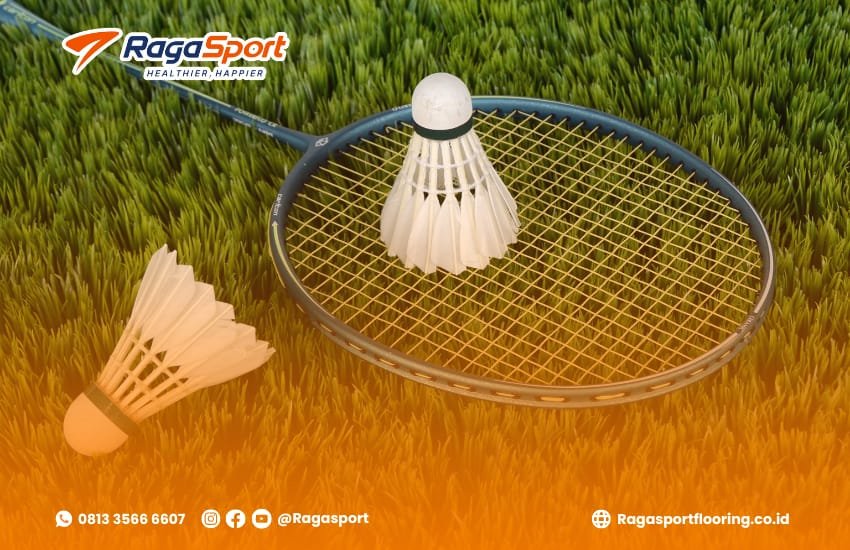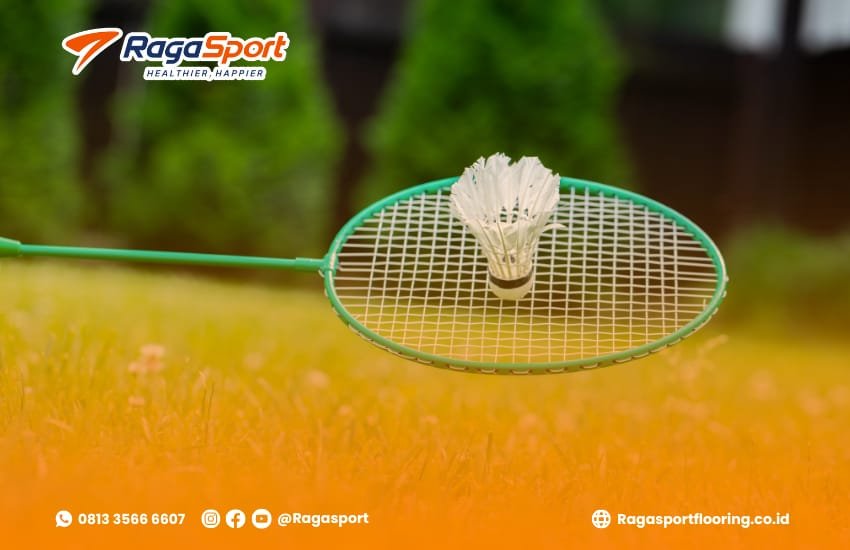Badminton is one of the most popular sports worldwide, and while indoor courts are widely used, the demand for outdoor badminton court construction continues to grow. An outdoor badminton court provides accessibility, flexibility, and the joy of playing in natural surroundings. However, building a professional outdoor court requires careful planning, the right materials, and precise execution to ensure durability and compliance with international standards.
This article will walk you through everything you need to know about outdoor badminton court construction, from design planning to long-term maintenance, so you can achieve a high-quality court suitable for training, competitions, or recreational use.
Table of Contents
Why Choose Outdoor Badminton Court Construction?
- Accessibility
Outdoor courts can be built in community parks, schools, backyards, or sports complexes, making badminton more accessible to people of all ages. - Cost-Effective
Compared to indoor courts, outdoor badminton courts can be more affordable since they do not require roofing structures, air conditioning, or complex lighting systems. - Recreational Value
Playing outdoors brings fresh air and a natural environment, which enhances the overall sporting experience. - Versatility
Outdoor courts can be designed for multipurpose use, such as for tennis, volleyball, or futsal, depending on space and surface selection.
Standard Dimensions of an Outdoor Badminton Court

According to the Badminton World Federation (BWF), the standard court dimensions must be followed to ensure fair play:
- Court Length: 13.4 meters (44 ft)
- Court Width: 6.1 meters (20 ft) for doubles and 5.18 meters (17 ft) for singles
- Net Height: 1.55 meters (5 ft 1 in) at the edges and 1.52 meters (5 ft) at the center
Following these standards is essential when planning outdoor badminton court construction to meet international requirements.
Essential Steps in Outdoor Badminton Court Construction
1. Site Selection and Preparation
The first step is selecting the right site. The ground should be level and well-drained to prevent water accumulation during the rainy season. Land clearing, soil stabilization, and grading are crucial before construction begins.
2. Base Construction
The foundation must be strong and even to prevent cracks or uneven surfaces. Typically, a concrete base is recommended for outdoor courts because it ensures durability and stability. Asphalt can also be used but may require more frequent maintenance.
3. Surface Material Selection
The playing surface significantly impacts performance and safety. Common surface materials include:
- Synthetic Acrylic Flooring: Durable, weather-resistant, and provides good traction.
- Artificial Turf: Suitable for multipurpose outdoor courts but requires proper drainage.
- PU or EPDM Flooring: Provides cushioning to reduce impact on joints and improve player comfort.
4. Marking and Painting
Court lines must be painted with high-quality weather-resistant paint. White is the standard color to ensure visibility in outdoor conditions.
5. Net and Posts Installation
The net system should be rust-resistant, with sturdy posts anchored securely into the foundation. Stainless steel or powder-coated posts are commonly used for outdoor durability.
6. Lighting Installation (Optional)
If the court will be used in the evenings, installing proper floodlights is essential. LED lighting is preferred for energy efficiency and consistent illumination.
Key Considerations for Outdoor Badminton Court Construction
- Weather Resistance: Materials should withstand sun exposure, rain, and temperature fluctuations.
- Drainage System: Proper slope and drainage channels are necessary to prevent waterlogging.
- Safety Features: Non-slip surfaces reduce the risk of injuries.
- Maintenance Costs: Choose surfaces that are durable yet easy to maintain.
Long-Term Maintenance of Outdoor Badminton Courts

To ensure your court remains in excellent condition for years, regular maintenance is essential:
- Sweep and clean the court regularly to remove dirt and debris.
- Inspect surface cracks and repair them immediately.
- Repaint lines every 2–3 years for clear visibility.
- Check net systems and replace them if damaged.
- Maintain the drainage system to prevent water damage.
With proper care, an outdoor badminton court can last more than a decade with minimal renovation.
Benefits of Hiring Professional Court Builders
While some may attempt DIY construction, hiring professional badminton court builders ensures:
- Accurate dimensions according to BWF standards.
- Use of high-quality materials that guarantee long-term durability.
- Expert surface finishing for safety and performance.
- Time and cost efficiency with minimal risk of construction errors.
A professional team will not only deliver a ready-to-use court but also provide guidance on maintenance and long-term performance optimization.
Conclusion
Outdoor badminton court construction is a rewarding investment for schools, sports complexes, residential communities, and private property owners. With the right planning, surface selection, and professional construction team, you can create a world-class facility that lasts for many years.
If you are considering building an outdoor badminton court, trust the experts to handle your project with precision and quality.
Looking for trusted professionals in outdoor badminton court construction?

Visit Raga Sport Court Services for expert solutions.
For direct consultation, contact us via WhatsApp: wa.me/6281335666607

